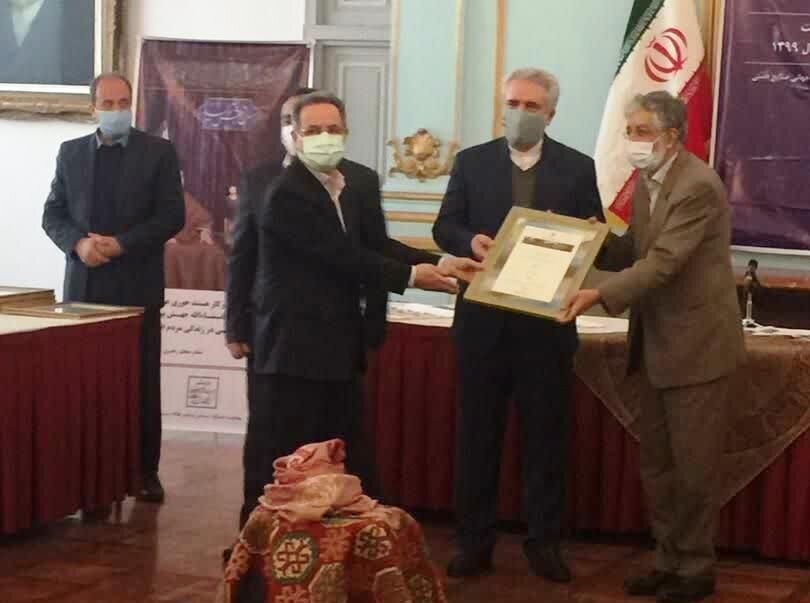Varamin designated national city of glassware

TEHRAN – Varamin, which is home to many modern and traditional glassblowing workshops in southeast Tehran, has been designated the national city of glassware by Iran’s Ministry of Cultural Heritage, Tourism, and Handicrafts.
The designation was officially announced in a ceremony on Monday in which tourism minister Ali-Asghar Mounesan gave a framed document of the designation to Hossein Kaghazlu, the governor of Varamin, IRNA reported.
Anoushirvan Mohseni-Bandpey, the governor-general of Tehran province, along with several other officials and cultural heritage enthusiasts attended the ceremony, which was held at the Niavaran Cultural-Historical Complex.
Speaking at the ceremony, Kaghazlu noted that Varamin has more than one hundred glass-production workshops, employing some 6,000 people, directly and indirectly, and accounting for some 70 percent of Iran’s glassware output.
“The glassmakers in Varamin produce top and high-quality glass products, using up-to-date techniques…. Therefore, many of their products are exported directly and indirectly from the city to the Persian Gulf countries and some European countries.”
“Handmade glass, stainless glass, molding, mosaic glass, thousand flowers, glass cutting, glass painting, frosting, housework, glass fusion and enameling are amongst skills and techniques glassmakers in Varamin employ in their products,” Kaghazlu explained.
Varamin annually exports some two trillion rials ($47.6 million at the official rate of 42,000 rials) worth of glassware to the Persian Gulf littoral states and some European countries, according to Zhila Khodadadi, who presides over Varamin’s cultural heritage and tourism office.
She also noted that $5 million worth of handmade glassware and crystals were exported directly and indirectly from Varamin to other countries during the last Iranian calendar year 1398 (ended on March 19, 2020).
Glass blowing is a glass-forming technique that humans have used to shape glass since the 1st century BC. The technique consists of inflating molten glass with a blowpipe to form a sort of glass bubble that can be molded into glassware for practical or artistic purposes.
Iran exported $523 million worth of handicrafts during the past calendar year 1398 (ended March 19). Of the figure, some $273 million worth of handicrafts were exported officially through customs, and about $250 million was earned via suitcase trade (allowed for customs-free and tax-free transfer) through various provinces, according to data provided by the Ministry of Cultural Heritage, Tourism and Handicrafts. Ceramics, pottery vessels, handwoven cloths as well as personal ornamentations with precious and semi-precious gemstones are traditionally exported to Iraq, Afghanistan, Germany, the U.S., the UK, and other countries.
AFM/
Leave a Comment